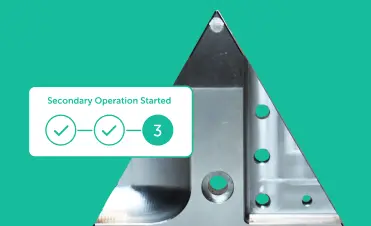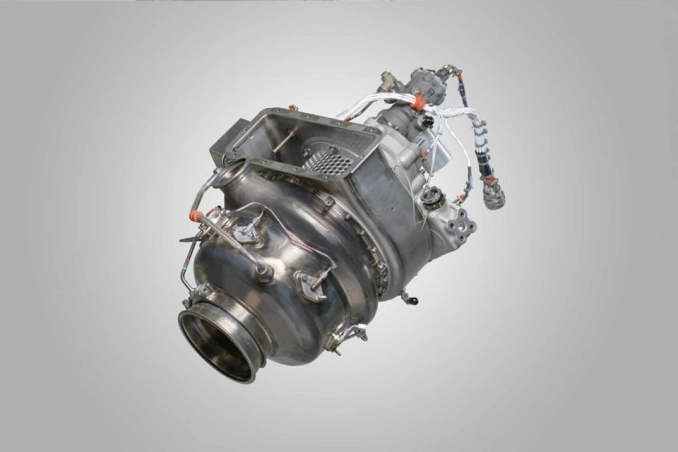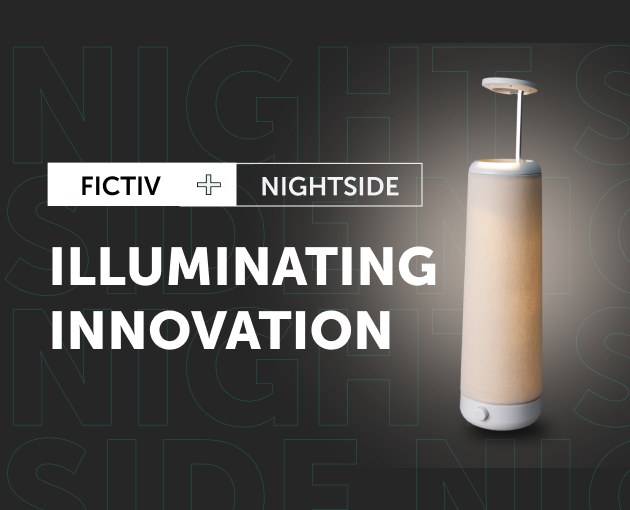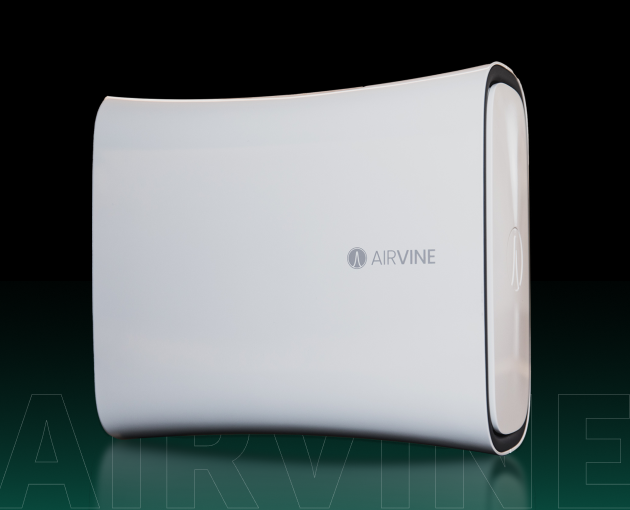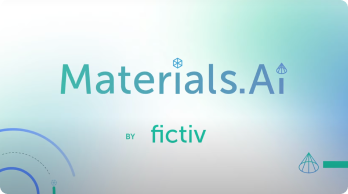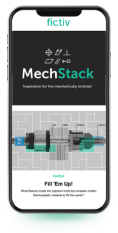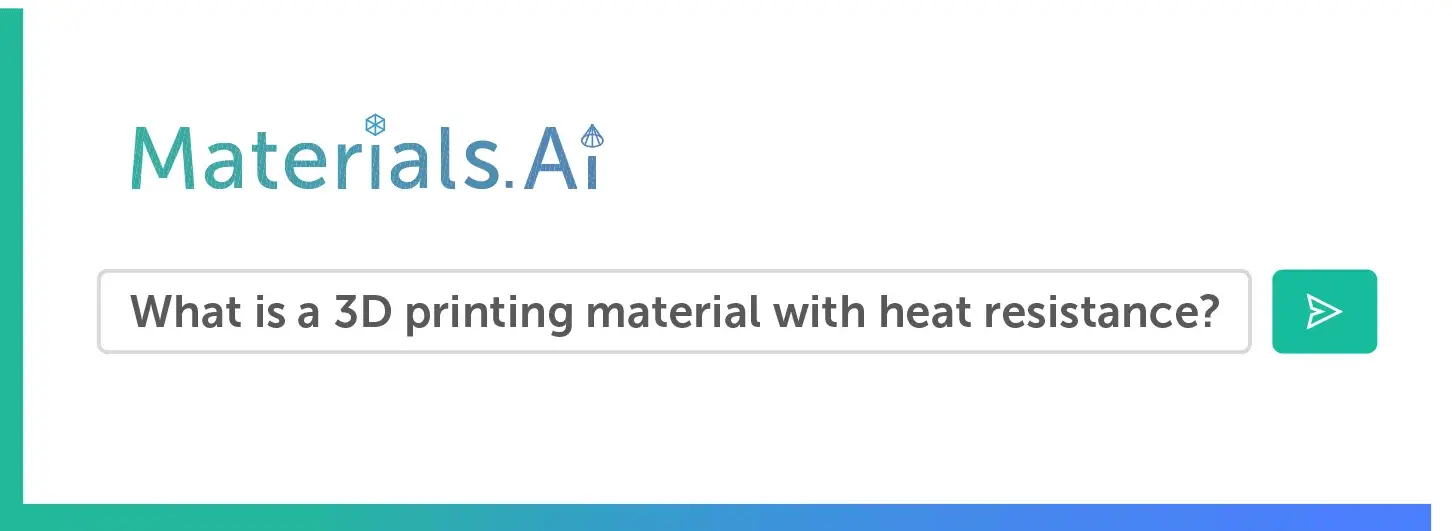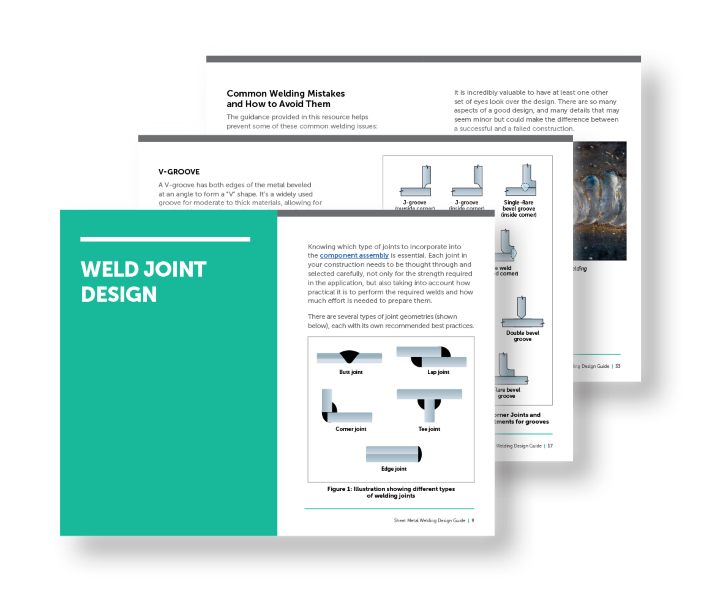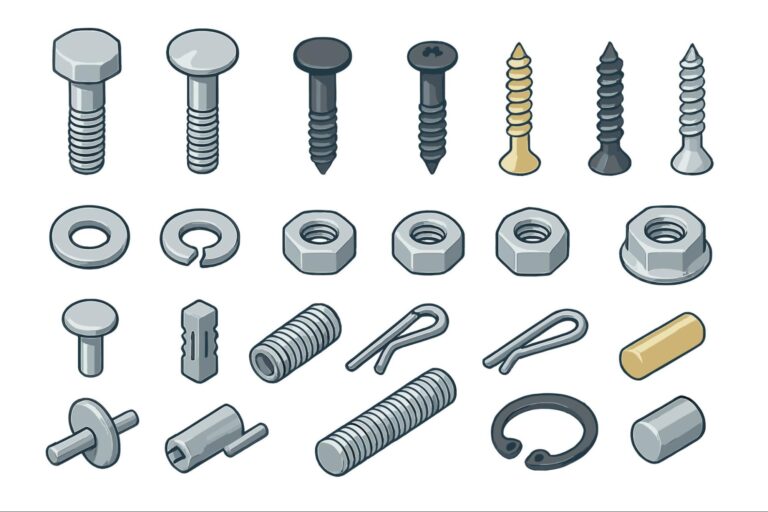Time to read: 4 min
Top DFM Tips, Finishing Choices, and BOM Consolidation Strategies
In October 2025, Fictiv’s manufacturing experts hosted an in-depth training session in Mesa, AZ, covering advanced topics in surface finishing, Bill of Materials (BOM) consolidation, and Design for Manufacturing (DFM)—including guidelines to follow and when to push their limits.
Led by Robbie Long, Tessa Axsom, and Samson Olanrewaju, the sessions focused on helping engineers make smarter design decisions, streamline manufacturing workflows, and scale efficiently through Fictiv’s digital manufacturing ecosystem.

Top DFM Tips for Injection Molding
Presented by Robbie Long, Injection Molding Product Manager
Design for Manufacturing (DFM) is the foundation of efficient, high-quality injection molding. As Robbie explained, incorporating DFM feedback early in the design and quoting process helps prevent costly rework and ensures that each part can be manufactured reliably and repeatably.
Key Takeaways
Ejection and Draft Angles
If a part doesn’t eject cleanly, it can cause major problems.
- Apply draft angles based on surface finish (1° for polished surfaces, up to 5° for textured).
- Insufficient draft can cause sticking, surface damage, or deformation.
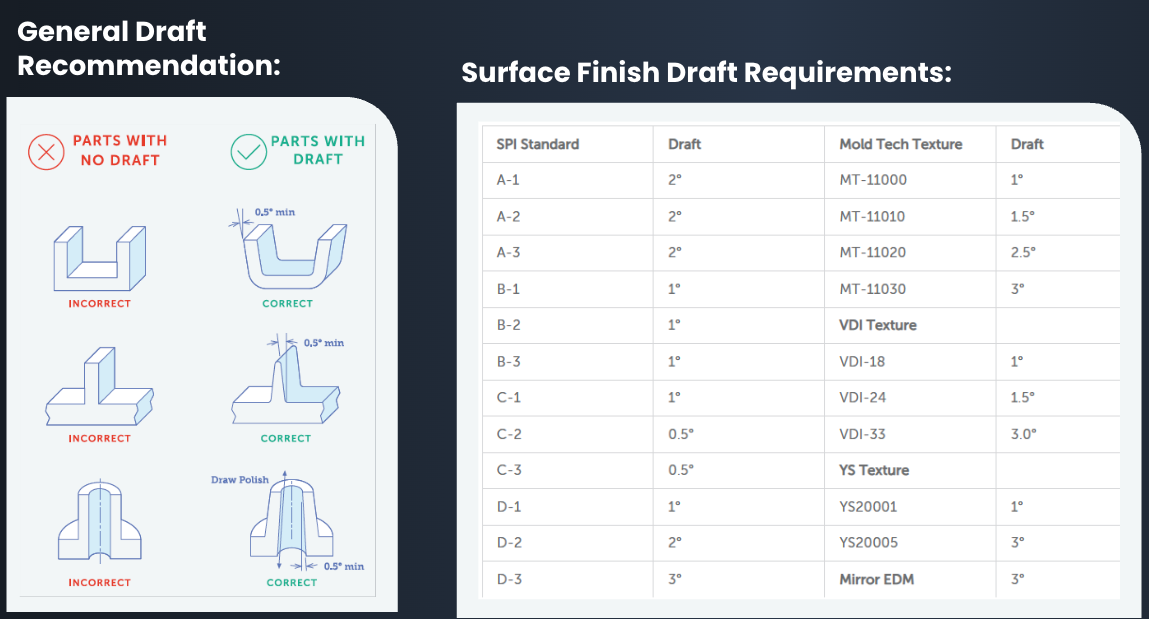
Wall Thickness Consistency
Uniform wall thickness reduces stress, warping, and sink marks.
- Follow resin-specific wall thickness guidelines.
- Use ribs and bosses instead of thick sections to maintain strength.
- Apply smooth transitions when variable thickness is unavoidable.
Balancing Simplicity and Function
Simplicity makes life easier in injection molding design. Simpler designs are less risky and expensive to mold—but complexity can be justified when functionality demands it. Slides, lifters, and side actions enable complex geometries but must be balanced with cost and maintenance implications.
“Incorrect thickness in design for injection molding is the root of (almost) all evil.” — Robbie Long, Product Line Director – Injection Molding
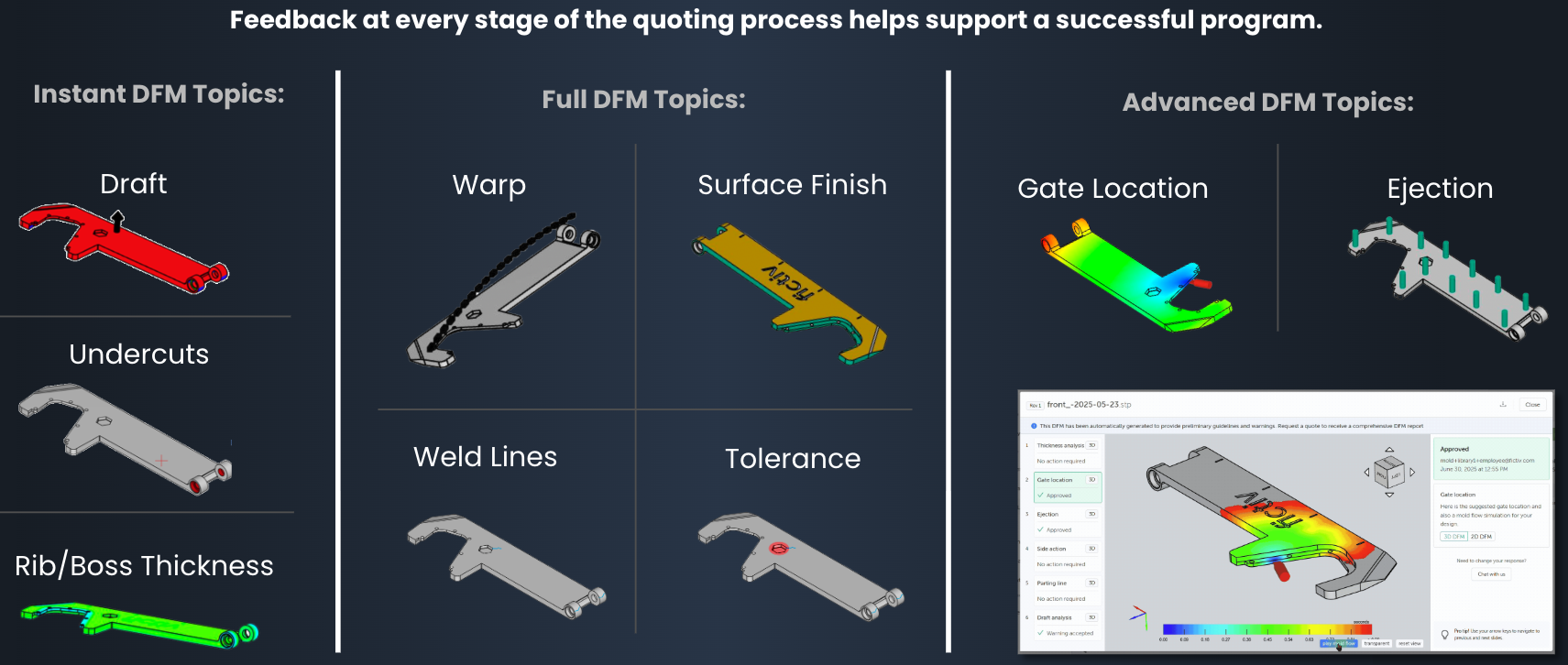
Push the Limits: When to Bend or Break DFM Rules
With Tessa Axsom, Robbie Long, and Samson Olanrewaju
DFM guidelines are designed for manufacturability—but innovation sometimes means knowing when to push those limits. The Fictiv team shared how and when to strategically break the rules.
Injection Molding DFM Exceptions
- Wall Thickness: Acceptable to vary for functionality or structural support.
- Draft: Can be minimized in short features or self-lubricating materials.
- Sharp Corners: Tolerable in low-stress regions or aesthetic surfaces.
- Undercuts: Justified for necessary part functionality if tooling supports it.
CNC Machining DFM Exceptions
- Deep Holes: Permissible for through-holes or non-threaded reliefs.
- Undercuts: Necessary for O-ring grooves or keyways—just plan for tooling costs.
- Sharp Internal Corners: Feasible with wire EDM or when precision outweighs cost.
- Slots and Holes: Deeper or angled features are acceptable in critical alignment designs.
“The best engineers know not just the rules—but when to bend them.” — Samson Olanrewaju, Solution Engineering Manager
Pro Tip: Use CAD tool models to simulate tool accessibility early in the design process. This builds manufacturability intuition before sending parts for a quote.
Want to learn more? Check out our CNC machining design stack.
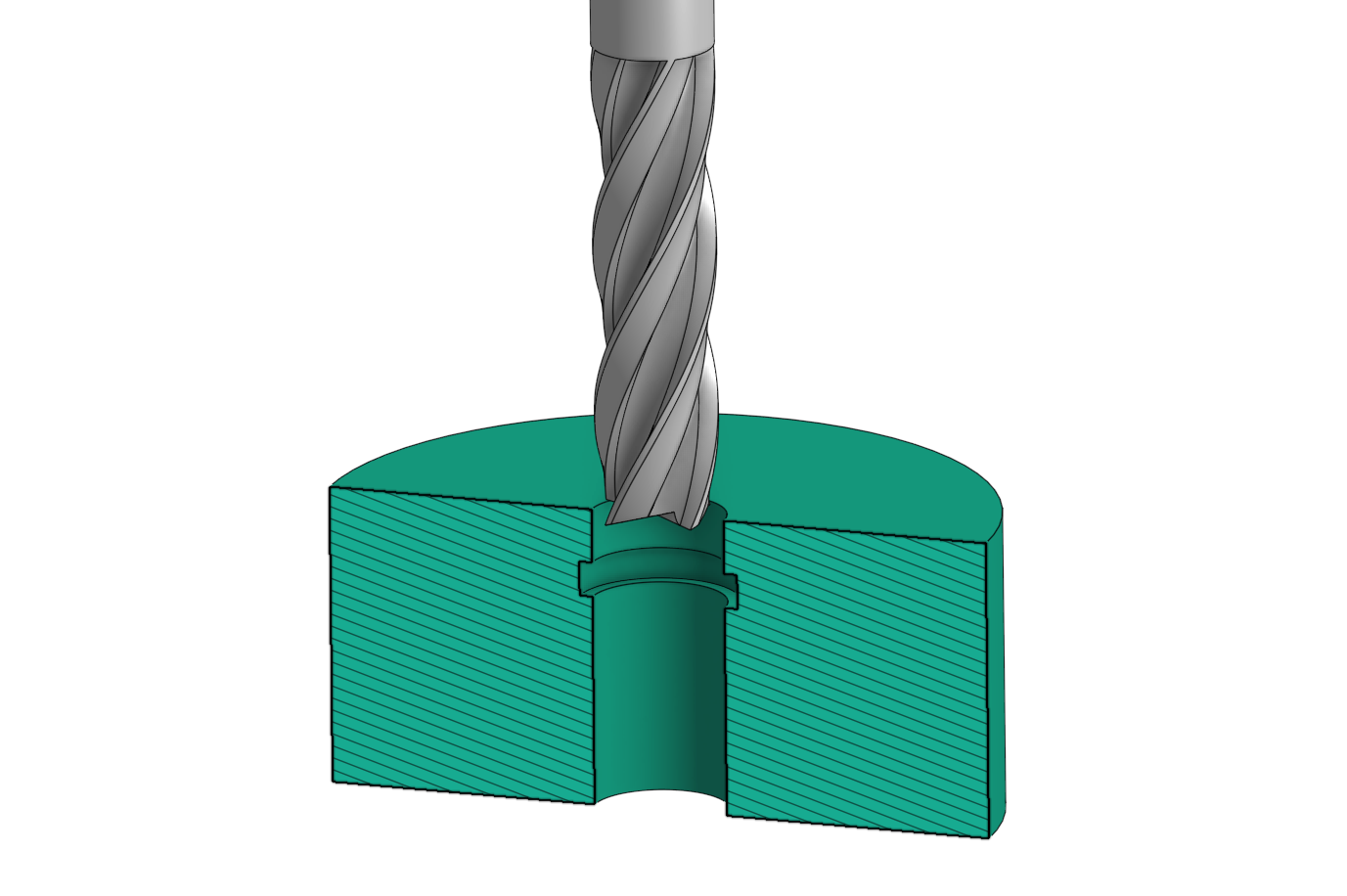
Plating & Finishing: What Options to Choose
Presented by Tessa Axsom, Product Marketing Manager – CNC
Finishing choices affect both the appearance and performance of a part. Tessa explored the most common metal finishing processes, explaining how to choose the right one for your part’s function, durability, and aesthetic needs.
Anodizing: The Most Common Aluminum Finish
Anodizing forms a corrosion-resistant oxide layer that becomes part of the metal itself.
- Type II (Sulfuric Acid): For decorative and moderate wear resistance.
- Type III (Hardcoat): For extreme durability and abrasion resistance.
- Alloy composition affects color: 6061 typically appears gray; 7075 often produces bronze tones.
Other Finishing Options
- Electroplated Nickel (AMS 2424): Improves hardness and corrosion resistance; offers a bright metallic finish.
- Electroless Nickel (AMS-C-26074): Uniform coverage and up to 1000 hours of corrosion resistance.
- Chemical Conversion Coating (MIL-DTL-5541): Quick, gold-gray protective layer that enhances paint adhesion.
- Plasma Electrolytic Oxidation (PEO): Creates a hard ceramic coating ideal for aerospace and high-performance applications.
Case Study: Color Variation in Anodized Trim
A customer experienced light-to-dark variation in anodized trim. Investigation showed that the issue wasn’t the anodizing process but material inconsistency—mixing aluminum sheets from different suppliers.
Lesson: Always use consistent alloys from the same batch or source to achieve uniform finishes.
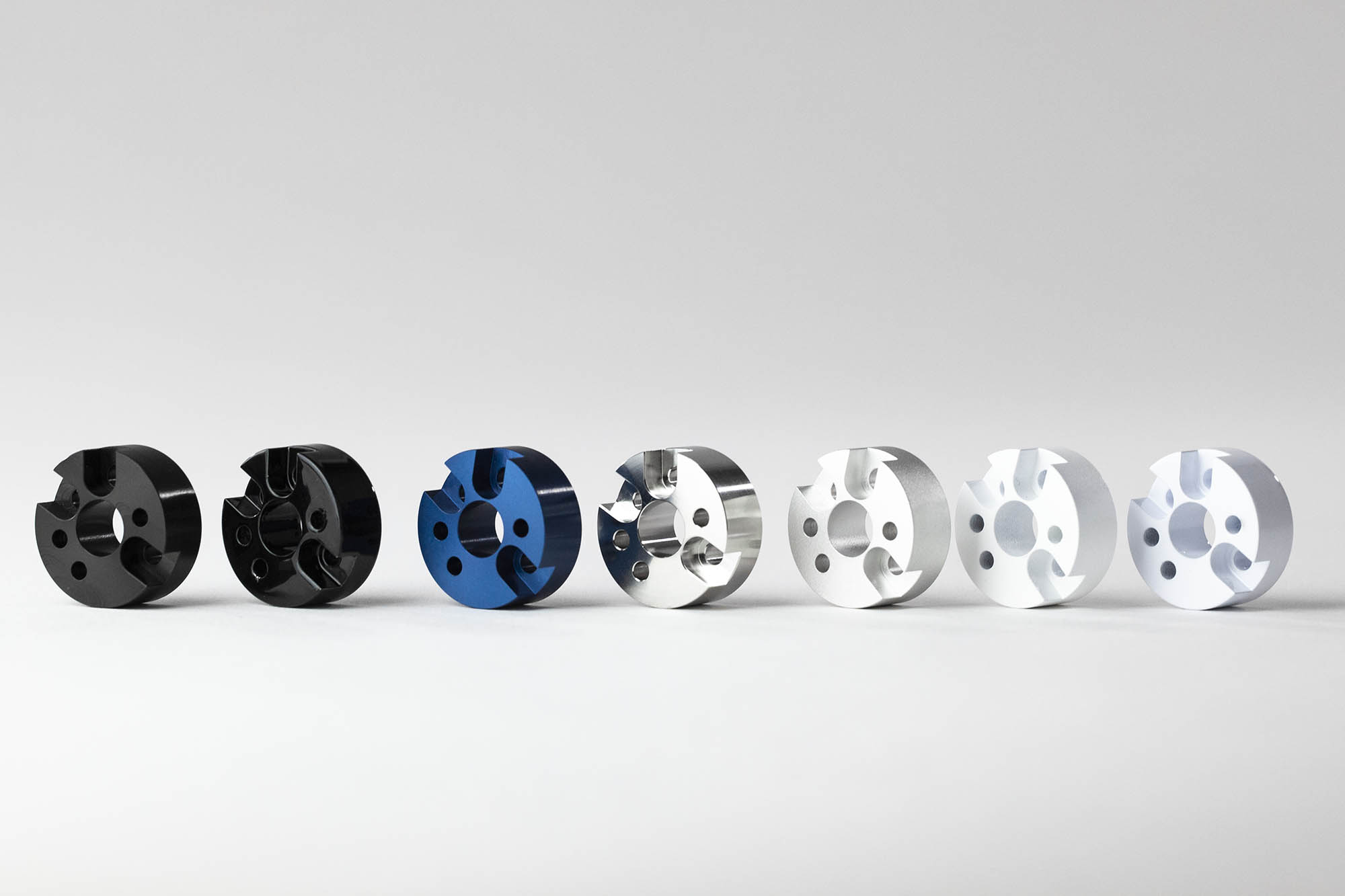
How to Consolidate a BOM and When To Use Die Casting or Injection Molding
Presented by the Fictiv Product Team
Reducing part count and complexity through BOM consolidation can lead to faster builds, lower costs, and better overall product reliability.
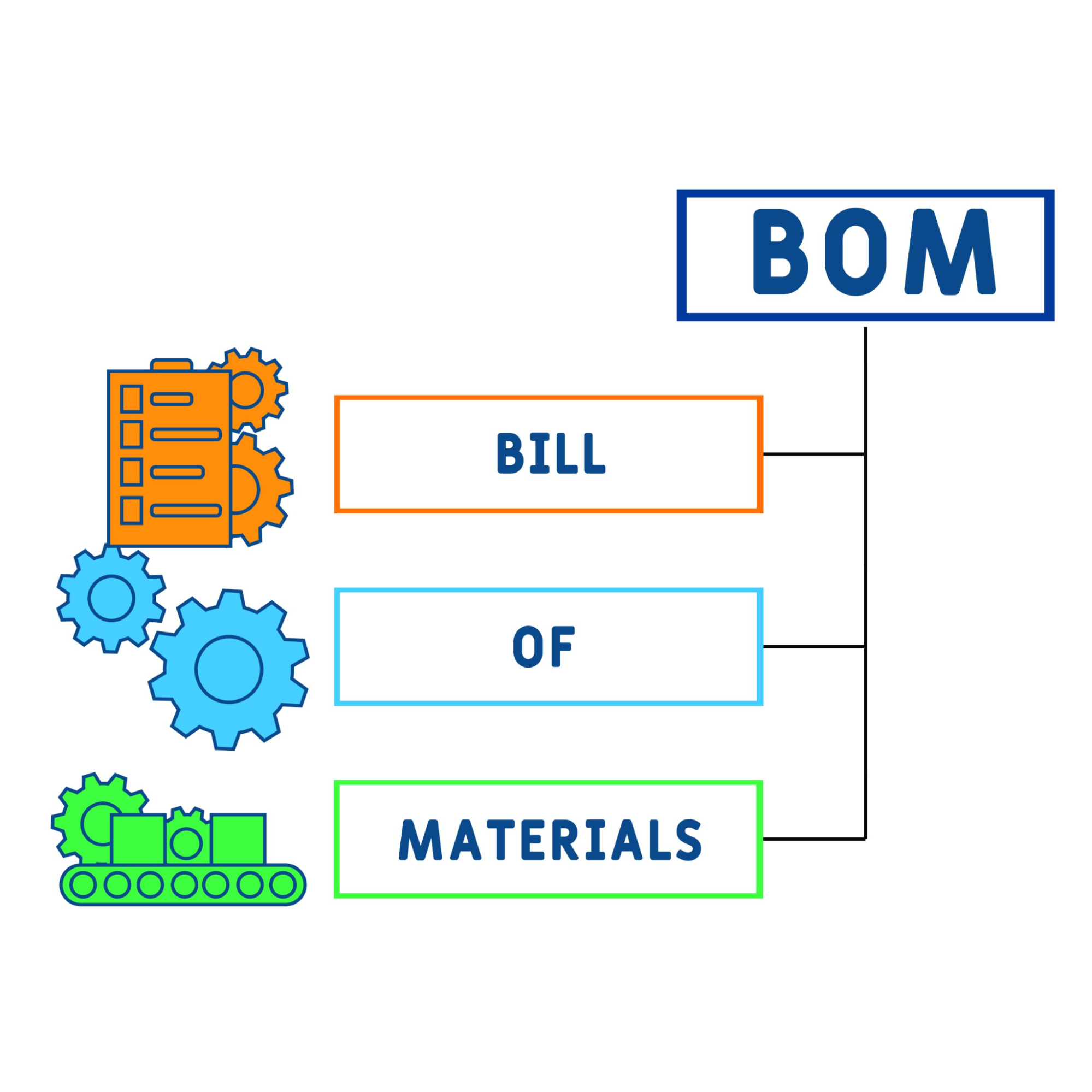
Why Consolidate
- Lower Costs: Fewer parts mean fewer fasteners, assemblies, and tolerance issues.
- Improved Reliability: Eliminates leak paths and weak joints.
- Faster Builds: Simplifies sourcing and logistics.
When to Die Cast
- Die Casting is Ideal for metals like aluminum, magnesium, and zinc.
- Excellent for parts requiring internal cavities, sealed designs, or high strength.
- Reduces welding and improves consistency across finishes.
When to Injection Mold
- Suited for lightweight, geometrically complex parts such as housings and covers.
- Enables snap fits, hinges, and inserts to replace screws and fasteners.
- Provides excellent repeatability and texture options.
BOM Consolidation Workflow
- Identify candidate assemblies.
- Map component functions.
- Eliminate redundant parts.
- Redesign into a single molded or cast piece.
- Validate manufacturability and iterate with supplier feedback.
BOM Consolidation Risks and Mitigations
- Higher Tooling Costs: Justify with volume breakeven analysis.
- Single-Point Failure: Build redundancy into critical systems.
- Tolerance and Moldability Challenges: Use GD&T and Moldflow analysis early in design.
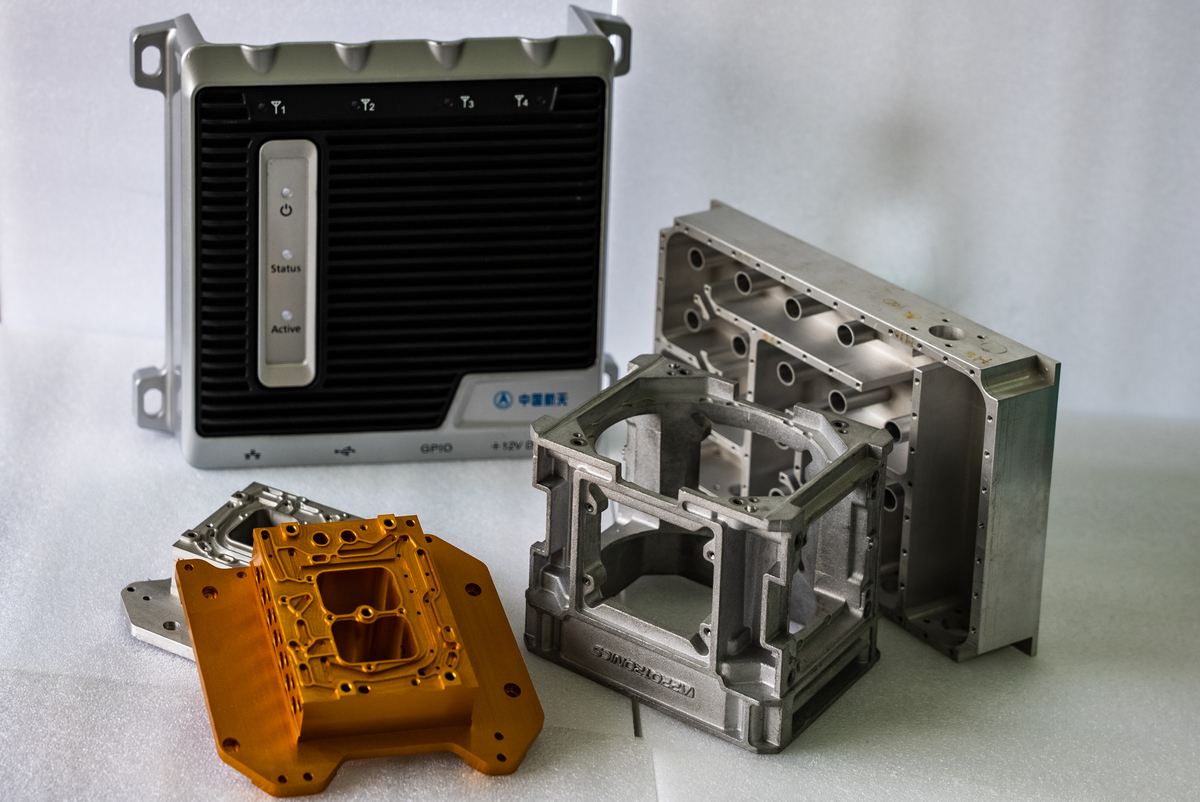
Final Takeaways
- DFM isn’t a limitation—it’s a framework for innovation.
Following DFM principles helps ensure functional, manufacturable designs that scale smoothly. - Surface finishing is both art and science.
The right process enhances performance, aesthetics, and durability. - BOM consolidation unlocks efficiency.
Fewer parts mean faster production, reduced cost, and improved product quality.
Keep Learning with FictivMade
Join the FictivMade community on Substack to learn, share, and build what’s next in manufacturing innovation.
Ready to kick off your parts for manufacturing? Set up a free quote here.
